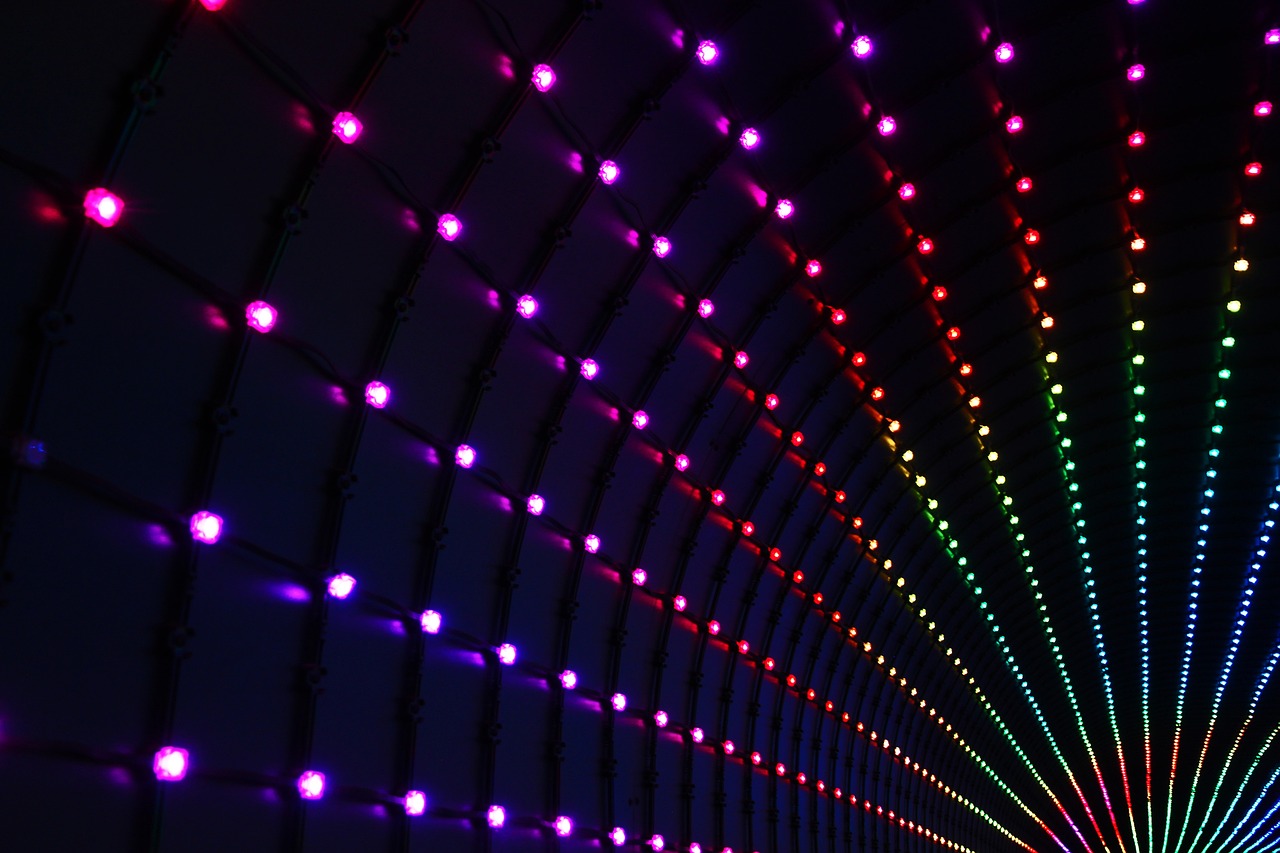The Major Pros of Using LED Lighting In Commercial Buildings
You should consider upgrading to LED lighting systems if you have traditional light bulbs in your commercial buildings. LED is an acronym meaning “light-emitting diode.” A light-emitting diode is a semiconductor device emitting light due to the flow of electric current through it. The flow of electrons produces photons, which you see as light. There is almost no heat generation and use of wire filaments. The incandescent light bulb or the regular bulb, has been around since its invention by Thomas Edison in the late 1870s. The traditional light bulb has wire filaments, which glow to produce heat and light as energy currents pass through them.
The initial cost of buying and installing LED lighting in your commercial or industrial buildings tends to discourage the adoption of this particular lighting technology. Unlike other commercial lighting options, purchasing LED lighting systems will cost thousands more.
However, LED lights have a longer lifespan and greatly assist in reducing energy consumption. This significantly offsets the initial cost you incur in purchasing them, which is why you see a lot of LED lights around you, lighting streets, walkways, offices, garages, warehouses, factories, showrooms and other spaces outside the home. Many researchers predict that in the next ten years, LED bulbs will experience a significant decline in their price, primarily due to the stringent regulations by governments to lower the use of inefficient lighting technologies.
Below are the leading pros of industrial or commercial LED lighting.
- High energy efficiency
The energy efficiency of LED lighting in industrial settings continues to be its main selling point at your heavy duty LED supplier. LED lights use less energy than other standard lighting technologies, such as fluorescents, incandescent bulbs, and low-pressure sodium lights.
LED lighting systems are 80% to 90% more energy efficient than incandescent ones. The energy efficiency of LED lights is partly due to their ability to emit light in a specific direction. That is why the lighting technology is suitable for applications like task lighting. Traditional bulbs emit light in all directions and waste about 80% of energy as heat.
Because LED lighting converts most of its energy into light, energy consumption in your property will significantly reduce, and you will not pay huge electricity bills. Moreover, power plants experience reduced demand, and your environment has fewer greenhouse gas emissions when you use less energy.
- Reduces costs of maintenance
Studies show that well-built LED lights can work for more than 50 000 hours or 25 times longer than incandescent lights. Unlike Fluorescent, Compact Fluorescent, and HID bulbs, LED lighting is less affected by the off-and-on switching cycle, which can reduce the average rated life.
The typical average rated lifespans for the different types of standard bulbs include:
- Incandescent- 2,000 hours
- Fluorescent- 36,000 hours
- High-Intensity Discharge bulbs- 24,000 hours
- Halogen lamps- 4,000 hours
Since LED bulbs can last longer, it will save you a lot of money in the long run that you could have incurred on replacing and maintaining other lighting technologies. There is no need for frequent maintenance or replacement of your industrial or outdoor LED lights.
- Provides brilliant illumination
LED lighting is commonly used in outdoor and commercial settings because it produces high-quality and brighter illumination. LED lights make more brilliant lighting due to the creation of more lumens per watt than metal-halide lamps.
Moreover, LED lamps more effectively render color than fluorescent bulbs.
The release of a brighter illumination is possible since the design of LED lights ensures the focus of light is in a particular direction. Additionally, LED lighting may allow the control of its color and brightness.
There are also numerous other benefits you may get when you use LED lights in a commercial setting. For instance, LED lights do not use chemicals like mercury; thus, they are much safer for your environment.
Furthermore, using LED lighting in commercial buildings is also beneficial since they silently operate, come with different designs, can be dimmed and require fewer lights.
LED lights experience no flickering or buzzing, and you can integrate them with a motion sensor to enable brightening or dimming according to your preference. The dimming capability of LED bulbs can make them more energy efficient since the amount of energy consumption reduces. That can also lead to longer-lasting LED lights on your commercial property.
